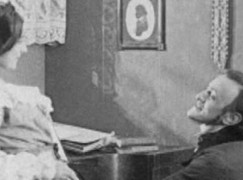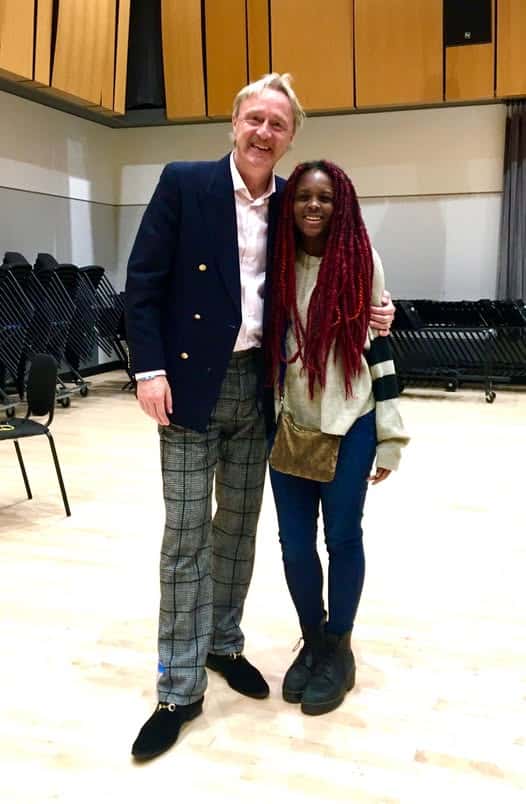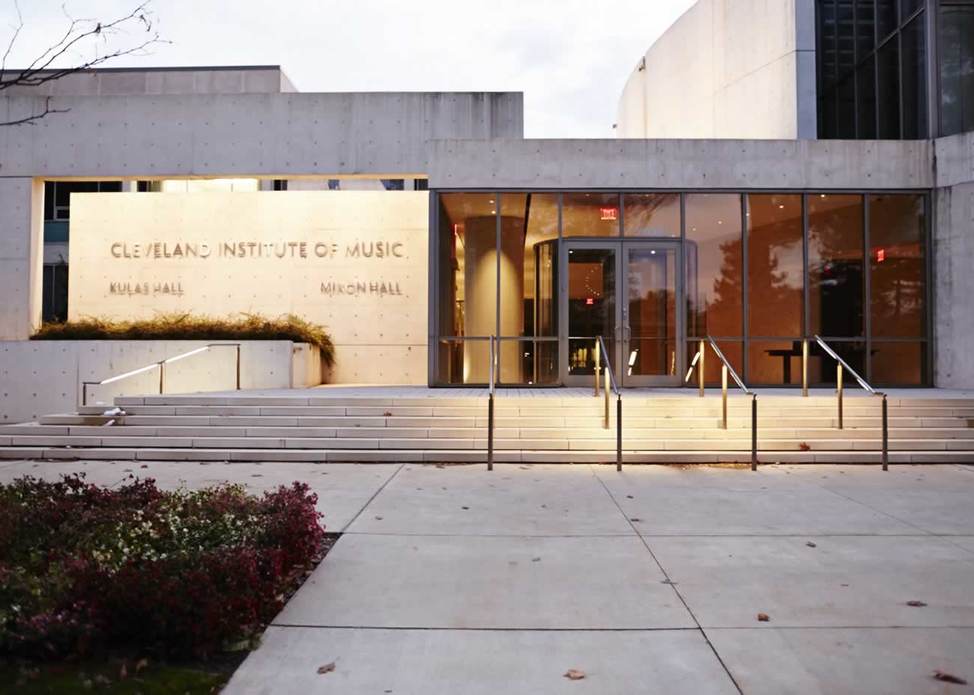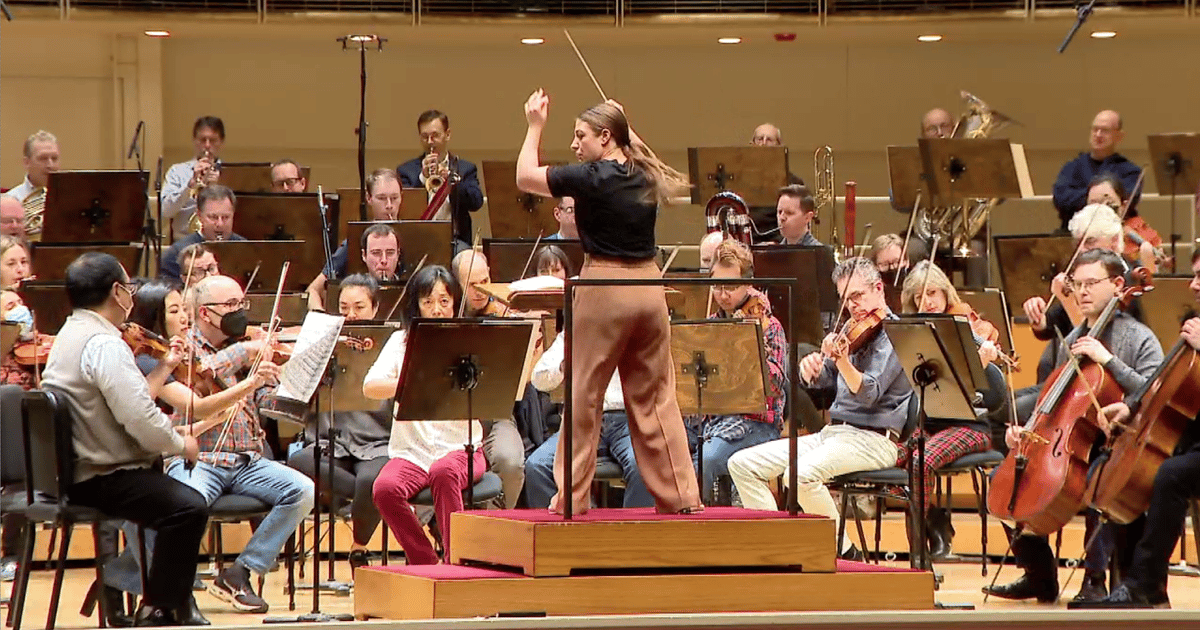A lost sheet of Wagner’s turns into a suite
NewsA propos my essay on the completion of unfinished works:
An 1868 sketch that Wagner thought of turning into a Romeo and Juliet orchestral suite was taken up and elaborated by the Dutch composer John Borstlap. He called it Psyche.
The Bostlap piece has been performed by the Netherlands Symphony Orchestra, New Queen’s Hall Orchestra (in Manchester), the Orchestre National de Montpellier, and the Sinfonia Moldava in Roumania.
You can hear the finale here.






Borstlap?Thanks,but no,thanks….
Did you listen to the music? It’s beautiful.
Congratulations to Mr Borstlap, it sounds radiantly beautiful, touching, tender. Heard it three times already. It would be interesting to know more about the original sketches, how he developped those into the resulting piece….thankfully for the post. DSA
I agree! I admire Mr. Borstlap’s music (what little of it I’ve had the chance to hear), even if I don’t always agree with his views on contemporary musical culture. I’ll return to his website to listen to more of the excerpts posted there. (There are also recordings of his works available on youtube.)
The original sketch is one page, with a theme and a short development, entitled ‘Romeo u. Julie’. Wagner kept it in a file together with other sketches, to work on them after Parsifal but as we know, he did not live to carry-out his plans. He intended to no longer write operas – Parsifal was intended as his last from the beginning – but to pick-up symphonic writing and ‘without contrast, as in Beethoven’ but with developing vatiations. (This was discussed with Liszt at the time.) In fact, that is the admirable writing style of the music of Parsifal, and of Liszt’s symphonic poems.
In ‘Psyche’, the theme of ‘R&J’ is combined with a couple of other themes which relate well to W’s theme, and developed into a one-movement piece of some 20 minutes. The aesthetics of the music of Parsifal is taken as a point of departure but freely developed, not copied. The recording is of the ‘culmination’ where all the themes are organically synthesized in the kind of ‘apotheoses’ Wagner was an expert in. And in this way, the music symbolizes the happy end of the myth of Amor and Psyche.
Reminds me of Mathew King’s recent symphony based on Wagner’s Venice sketches, a lovely work that reminded me all over again why I love Wagner.
We need more music like this in the world.
Here it is:
https://www.youtube.com/watch?v=xm2D1nmOQA4